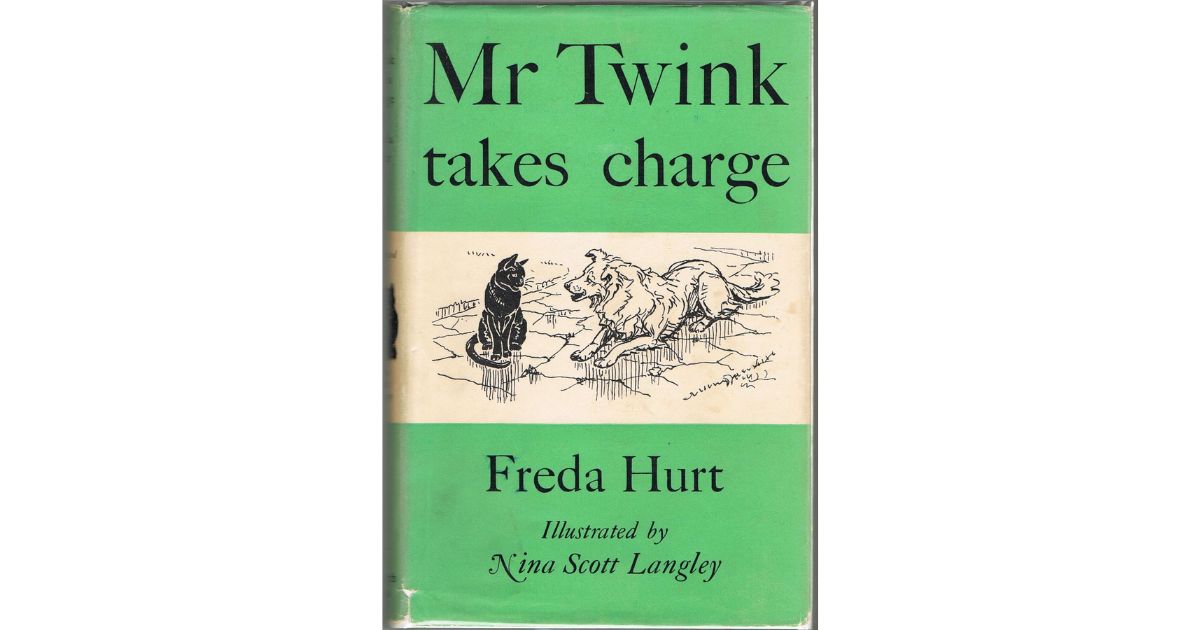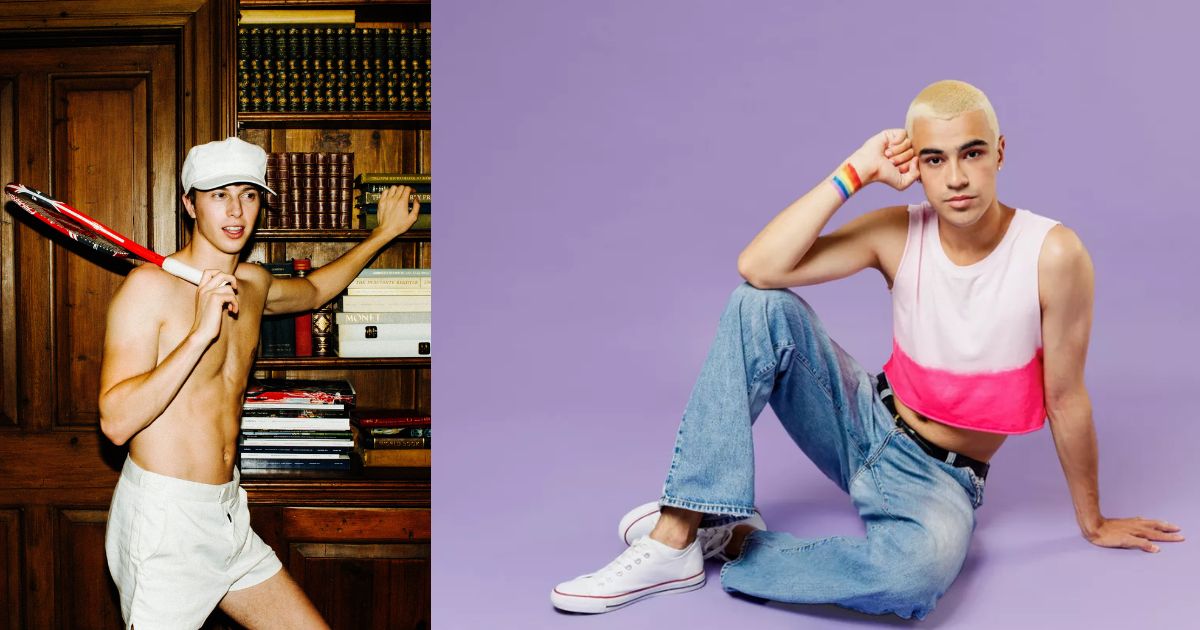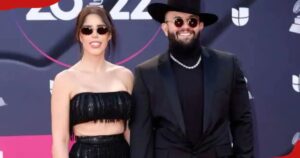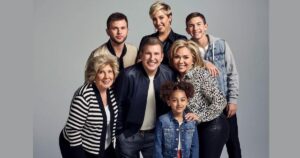From Queer As Folk to Glee, pop culture has been inundated with “twinks” over the past few decades. The slender, youthful gay male persona has become a ubiquitous stereotype and sort of subcultural obsession, particularly in predominantly white, urban LGBTQ+ communities. But what exactly is a twink? And why has this archetype sparked such fervent discourse around representation, beauty standards, and identity?
The Textbook Twink

At its most basic level, “twink” refers to a young (typically late teens to early 20s), very slim, hairless gay man – often though not always white, with conventional European features. The stereotypical twink exudes an aesthetic of delicate masculinity paired with hyper-современность and a certain je ne sais quoi. Think the lovable Kurt Hummel from Glee or Justin Taylor from the groundbreaking Queer As Folk.
Like categorizations such as “bear,” “otter,” and “daddy,” “twink” originated as lingo within gay male spaces before becoming mainstream LGBTQ+ vernacular and eventually bleeding into heteronormative pop culture. Much of the term’s power and mystique stems from its vague, lingusitically murky origins.
Uncovering the Twink’s Linguistic Roots

While several theories exist about the etymology of “twink,” its exact derivation remains unknown. Some propose it comes from the British slang word “twank,” used in the late 19th/early 20th centuries to deride gay male sex workers. Another camp cites “twinkletoes” – an old-timey slur for effeminate gay men dating back to the 1910s – as the root. The more lighthearted theory is that “twink” references Twinkies, the famous cream-filled snack cake created in 1930.
Most linguists, however, are skeptical of the Twinkie connection due to lack of concrete evidence. What’s clear is that the term emerged and began appearing in print in the 1950s, eventually codifying its meaning by the 1990s, coinciding with the increasing mainstreaming of LGBTQ+ culture.
By millennium’s turn, “twink” was firmly embedded as slang in the queer lexicon through its frequent use on shows like Queer As Folk. From there, it leached into the mainstream zeitgeist through comedy, becoming recognizable even to straight audiences through series like It’s Always Sunny in Philadelphia. But even as the twink persona reached new heights of visibility, it remained steeped in decades of controversy.
The Privilege and Politics of Twink-dom

For many, the twink represents the ultimate privileged ideal within the gay male community. The fetishization of twinks glorifies a deeply narrow subset of traits – youth, slimness, hairlessness, traditional masculinity – that uphold rigorous Western standards of beauty. This effectively excludes and marginalizes a huge swath of LGBTQ+ individuals, especially people of color, plus-sized or gender-nonconforming folks, and those who don’t conform to or pass traditional male archetypes.
These narrow conventions are amplified by popular media’s disproportionate favoring of the twink persona. Historically, the few LGBTQ+ characters granted visibility were almost always of this very specific mold, be it Christian Stovitz in Clueless or Elijah Krantz in Girls. The trope stretches back decades, with media granting the most representation to slender, hairless, gender-conforming young gay men.
Even recent years have seen a resurgence of sorts, with publications like T Magazine declaring 2018 the “Age of the Twink” while highlighting celebrities like Timothée Chalamet embodying the bespoke aesthetic. As refreshing as increased queer representation is, critics argue the continued ubiquity of twinks speaks to deeply ingrained biases underpinning diversity efforts.
Beyond matters of representation, the twink mystique carries intrinsic ageist connotations. Twinks occupy an extremely finite, youth-centric temporal niche – once they inevitably age out of the slim, hairless persona, their capital as objects of desire quickly diminishes. This perpetuates the dangerous, internalized “no fats, no femmes, no Asians” mentality pervasive in certain pockets of cis-male gay culture.
The overlapping fetishization and personal obsolescence that defines twink-hood effectively “others” non-conforming members of the LGBTQ+ community. Many feel the fixation with twinks reflects an unhealthy obsession with heteronormative masculinity and traditional gender roles.
Evolution from Slur to Subjective Term
Debates also continue over whether “twink” should itself be considered a slur. While most dismiss this classification when used within LGBTQ+ spaces, the term undeniably carries some underlying negative connotations.
In its early usage, “twink” was deployed by outsiders to cruelly mock and belittle young gay men and their masculinity. This shaming context helped seed stereotypes of twinks as flighty, promiscuous or hyper-sexual in a hyper-infantilizing way. Even among modern queer communities, some use “twink” as a subjective insult to demean more youthful or effeminate gay men.
This fraught history has led some to vilify the term completely, asserting that no reclamation could fully expunge its once-derogatory roots. Others embrace the label, arguing its provenance is irrelevant when used intra-community, given
how language and identity terms constantly evolve organically.
Ultimately, the twink has emerged as an unavoidably loaded figure – one that simultaneously represents a romanticized ideal and narrow preconception, an exclusive hierarchy and a rallying point for expanded visibility. As queer representation and body politics grow ever more scrutinized, the twink serves as a lightning rod concentrating myriad debates around equity, acceptance, privilege, and identity. While there may not be any definitive resolution, these conversations force a deeper reckoning with enduring bigotries and biases in need of remedy.
The Twink Paradox: Celebration and Backlash
Despite the controversies surrounding it, there’s no denying the cultural zeitgeist twinks have carved out for themselves. An entire multimedia genre centered on twink aesthetics and sensibilities has flourished over the past two decades.
From Instagrammers and YouTubers cultivating massive followings, to wildly popular amateur porn studios like CorbinFisher.com, to twink-centric dating apps and social networks – an entire cottage industry has arisen to celebrate and commodify this very specific gay male type. For many young queer men, particularly those fitting the slim, hairless mold, the twink persona offers an easily accessible pathway to online popularity, personal branding, and revenue streams.
Art and social movements have likewise embraced the twink figure as an icon and muse. The tender, delicate yet stylishly edgy qualities embodied by the twink serve as inspiration for LGBTQ+ creatives across disciplines. Fashion, photography, music videos, and more have all been infused with unmistakable twink sensibilities and iconography. Even major pop stars like Harry Styles have incorporated subtle twink-inspired aesthetics and choreography into their work.
However, this mainstream ascent of twink culture has also catalyzed significant backlash from critics. Many decry the shallowness they perceive as inherent to the twink persona – an overemphasis on superficial looks and conventional masculinity at the expense of substance. There are also those who view rampant twink-centrism itself as problematic and a form of marginalization against queers with different body types, gender expressions, and racial identities.
Personifying this opposition is innovative rapper Aja, who garnered widespread acclaim in 2021 for her seminal mixtape “Twink Trash Trailer.” Across punchy, abrasive tracks, the Brooklyn artist skewered the exclusionary, discriminatory value systems underpinning twink privilege and worship in many LGBTQ spaces. Songs like “Brlouderer” and “Dyke Dad” seethed with incisive, profane indictments – Aja railing against the toxicity of typecasting identities based on suffocating body standards.
“I’m repulsed by it. I’m repelled by it,” Aja proclaimed bluntly in one interview. “It’s just the most boring, flat perspective on beauty and form and what a person is.” Her work served as the pièce de résistance of long-gestating resentments around how some subcultures valorize a very narrow, privileged subset of lived experiences.
These diametrically opposing views highlight the contradictions and unresolved tensions inherent to twink identity. Is it an innocuous, celebratory subculture providing visibility and community for some? Or does it promote gatekeeping and oppressive ideals incompatible with true inclusion? The answer likely lies somewhere in the muddled middle.
The Future of Twinks
Like all cultural phenomena, the twink megatrend feels overdue for some natural evolution and recalibration as new generations make their mark. Already, social media has enabled greater amplification of body types and gender expressions that defy or transcend cis-centric gay male archetypes. Public discourse continues probing the hypocrisies and biases ingrained in twink-aligned value systems. And changing societal attitudes toward masculinity and gender open space for more expansive ideals and representation.
Conceivably, twink could shed some of its accumulated baggage as a narrowly-defined persona and mature into more of an amorphous, individualized aesthetic or sensibility – one embracing a spectrum of identities and experiences. Youth, stylized masculinity, and delicate androgyny need not remain constrained to a rigid caricature of white, slim, hairless physicality. As with all pioneering subcultures, perhaps the twink’s greatest legacy will be catalyzing seismic shifts toward radical equity and transformation yet to be fully realized.
Ultimately, whether one finds “twink” a frivolous fad or a generational touchpoint revealing deeper biases, the discourse itself signals an interrogation of exclusion and privilege that our cultures have long avoided. For the evolution and revolution to continue, such reckonings are not only warranted but vital to achieving collective growth and understanding.
Read more about : Happy Birthday Barbara May Cameron, Legendary Lesbian Native American Activist



















